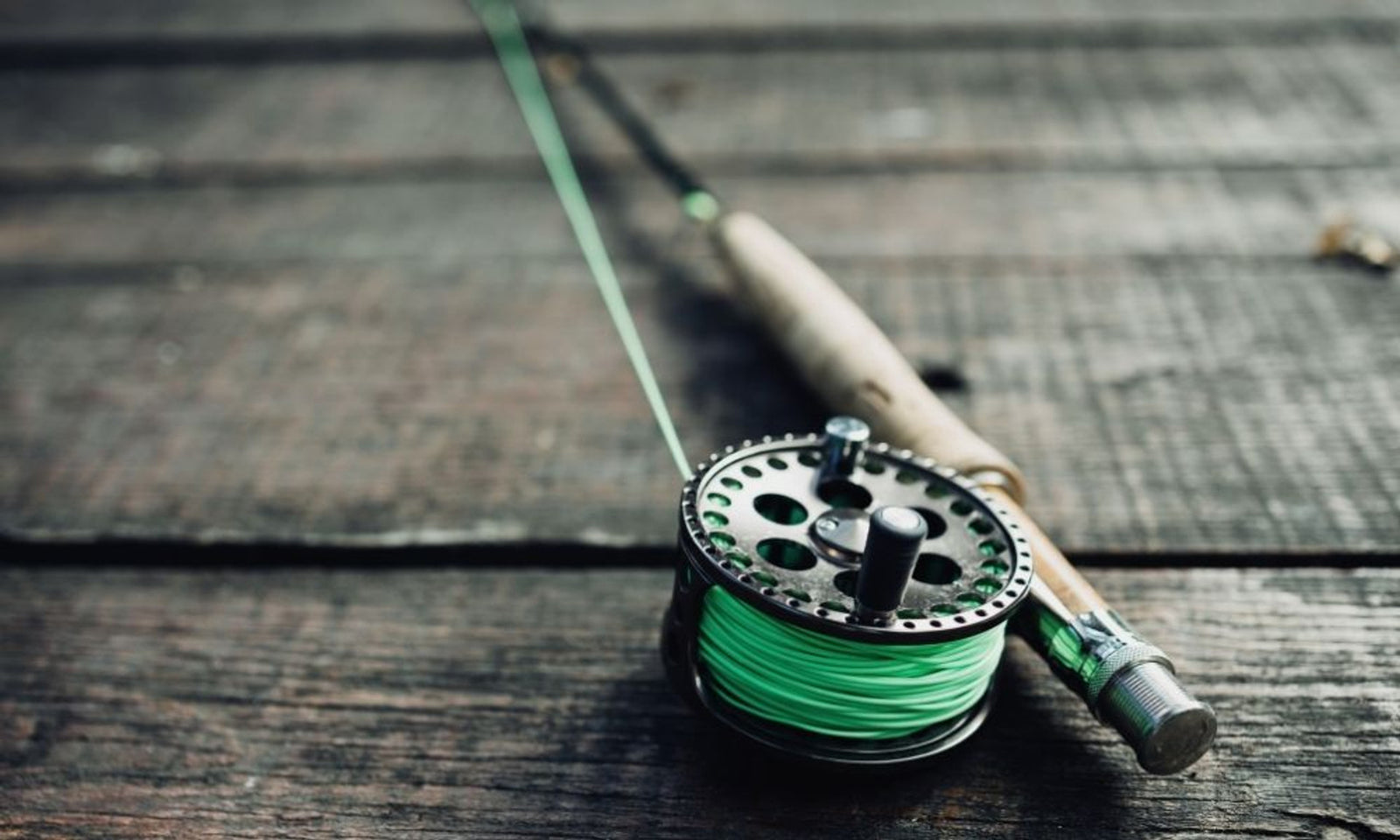Maintenance Guide: How To Care for Fly Fishing Rods & Reels

Mastering a craft requires you to submerge yourself in the activity. Fly-fishing is no different because the effort you put into it may differ in you catching the fish of a lifetime. Learning the maintenance guide on caring for fly fishing rods and reels educates you on the importance of properly caring for your valuable tools. A lot of the equipment isn't cheap, seeing as some fishing rods can cost hundreds if not thousands of dollars. Therefore, ensuring that your reel and rod are ready to hit the water in the not-so-distant future requires you to follow these steps. After all, the last thing you need is to have your items stop working within the first 30 minutes because you didn't properly maintain them over the year.
Focus on Four Parts
These are the four main parts you'll want to focus on when you are caring for your gear:
- Spool – Your spool is the heart of your fly-fishing gear. Without it, your fishing endeavors won't be nearly as enjoyable as you hoped.
- Frame – The frame that protects the spool accumulates a lot of dirt and grime because it's the most exposed part of all your equipment.
- Drag System – No matter the type of drag system you equip, it needs the proper lubrication to guarantee that the line is up to snuff when reeling in your fish.
- Additional Parts – Don't ignore the shaft, spindle, handle, foot, reel release, and inner arbor. All these items make a reel work to the best of its capabilities.
The Tools of the Trade
You'll want to have the following items available to give your equipment the tender, love, and care it needs:
- Grease – Use grease with synthetic oils that you can safely apply all over your reel.
- Screwdrivers - Each reel requires different screws, so look and see what tool you need.
- Soap – Any kitchen soap you use to clean your dishes will suffice.
- Toothbrush – This is the only time when buying bulk toothbrushes makes sense. The delicate bristles get rid of the caked-on dirt.
- Q-Tips – Opt for Q-tips to clean the crevices for any areas the toothbrush can't reach.
- Separate Water Buckets – You'll need both hot and cold water, so keep both buckets nearby.
These items handle your fundamental needs. For more extravagant rods and reels, you may need special tools or accessories to maintain them correctly.
What To Do While Fishing
Don't Submerge in Water
Reeling in your fish may be a struggle, causing you to lose your sense of surroundings to do everything you can to pull it in. However, you must never submerge your reel in the water because the dirty water will destroy it.
Handle Everything Gently
You'll want to treat your rod like it's a newborn baby by gently laying it down. If you end up dropping it, scratches and scrapes could damage the protective coating, causing significant corrosion. Additionally, pay attention to where you are sitting the rod down because sand, dust, and dirt damage the spool, ruining the drag system.
Don't Do High-Pressured Rinses
People tend to maximize water pressure when they are cleaning something. Usually, the high-pressure rinses away all the dirt and grime that may be challenging to erase manually. It will help if you avoid this at all costs because it ends up driving the muck deeper into your reel. There's no tool available to clean the inner parts of your reel easily.
Tighten Your Drag
With a tightened drag, water and dirt won't wriggle their way through the reel that ends up destroying it. Once you complete the gentle rinse, don't forget to loosen the drag to have it ready to go.
Salt Removal
If you are swimming in freshwater, you'll want to rinse your gear after each trip. This practice requires little to no effort to maintain your rod and reel. A quick, gentle rinse protects the inner linings from dirty water that the naked eye cannot see.
The Deep Cleaning Process
With the general maintenance tips in tow, let's go over the process to deep clean your equipment. This task depends on how often you fish. The rule of thumb would be to deep clean things every two to three weeks after freshwater fishing and one week if you were in saltwater.
Disassemble
The first step in the process is complete removal. Like cleaning a gun, you'll want to take it apart completely to wash every part as thoroughly as possible. You'll want to remove all the line and backing and put the reel in a bucket of warm water. Then, with the backing and line free from the reel you are cleaning, you can put it in another reel to avoid the annoying tangles.
Soap & Warm Water
Add some dish soap to the warm water and let your spool soak for 30 minutes, dispersing the dirt and salt that's stuck. In the meantime, you can use some of that soapy water and a soft cloth to wash the frame. For any spots you can scrub, grab those toothbrushes and Q-tips to finish the job. Once the 30 minutes expire, use a different toothbrush and Q-tip to make your spool pristine.
Rinse & Dry
Finally, use a small stream from the sink to rinse your frame and spool. A delicate towel can dry the spool, whereas you can shake the frame for supreme dryness. Once completed, air dry every piece overnight before reassembling the pieces back together.
Lubrication
To keep things from malfunctioning and rusting out, you'll want to invest in some lubricants for your fly reel. Lubing your reel a handful of times a year gives it the protection it needs while maintaining effectiveness. Never, under any circumstance, use old and recycled grease—doing so destroys your reel.
Storage
The storage of the reel is just as critical as following all the cleaning tips above. For the short term, keeping it in a moisture-free environment is the main goal, especially after cleaning and drying things off. When fishing season is over, you'll want to follow the deep cleaning process before you put it in a safe space.
Hopefully, this maintenance guide of how to care for your fly fishing rods and reels helps keep your fly-fishing materials clean and strong for multiple years to come. Our online fly shop at Ed's Fly Shop has a large inventory to fulfill your every need on your journey to becoming an elite angler.


